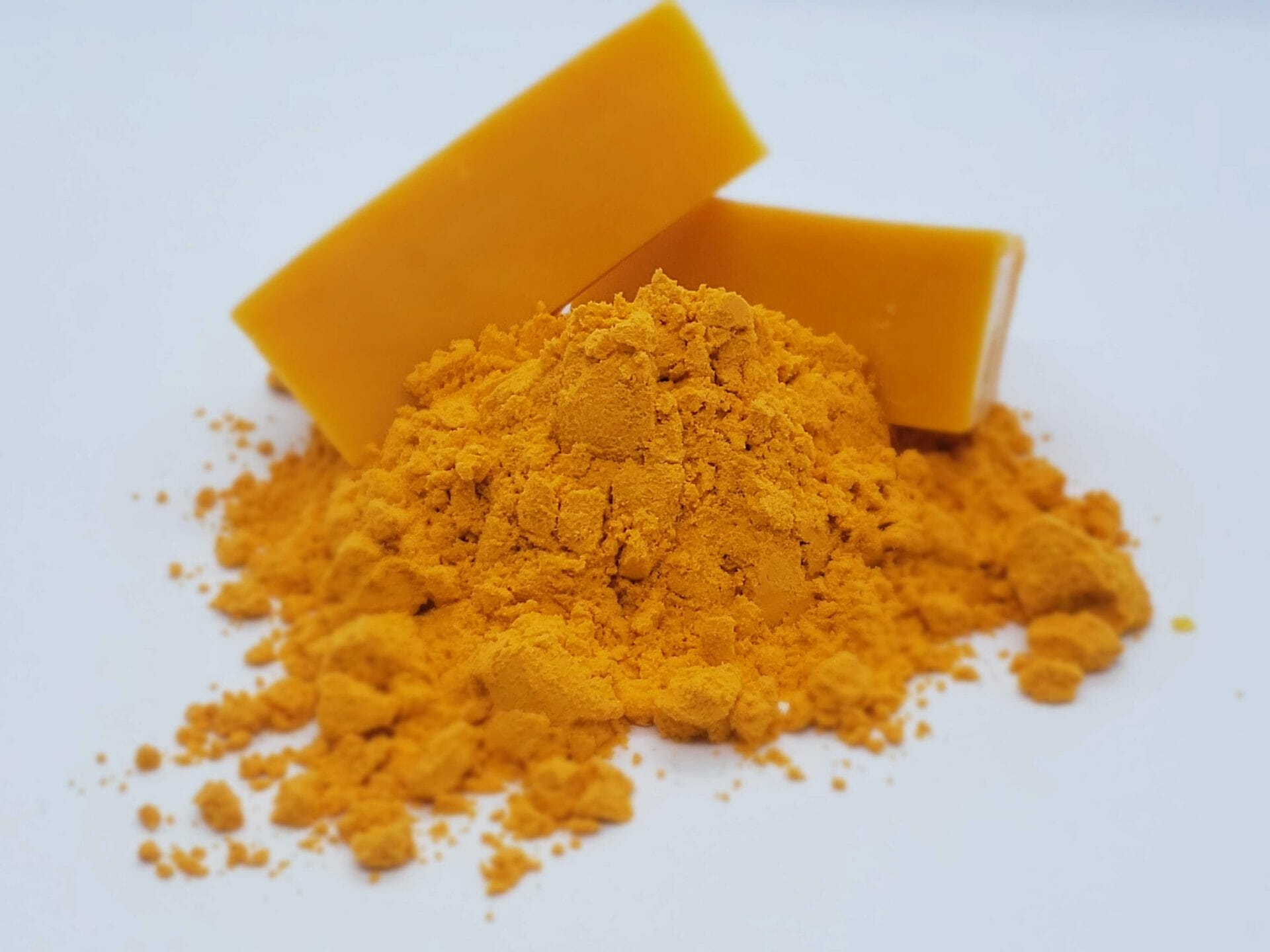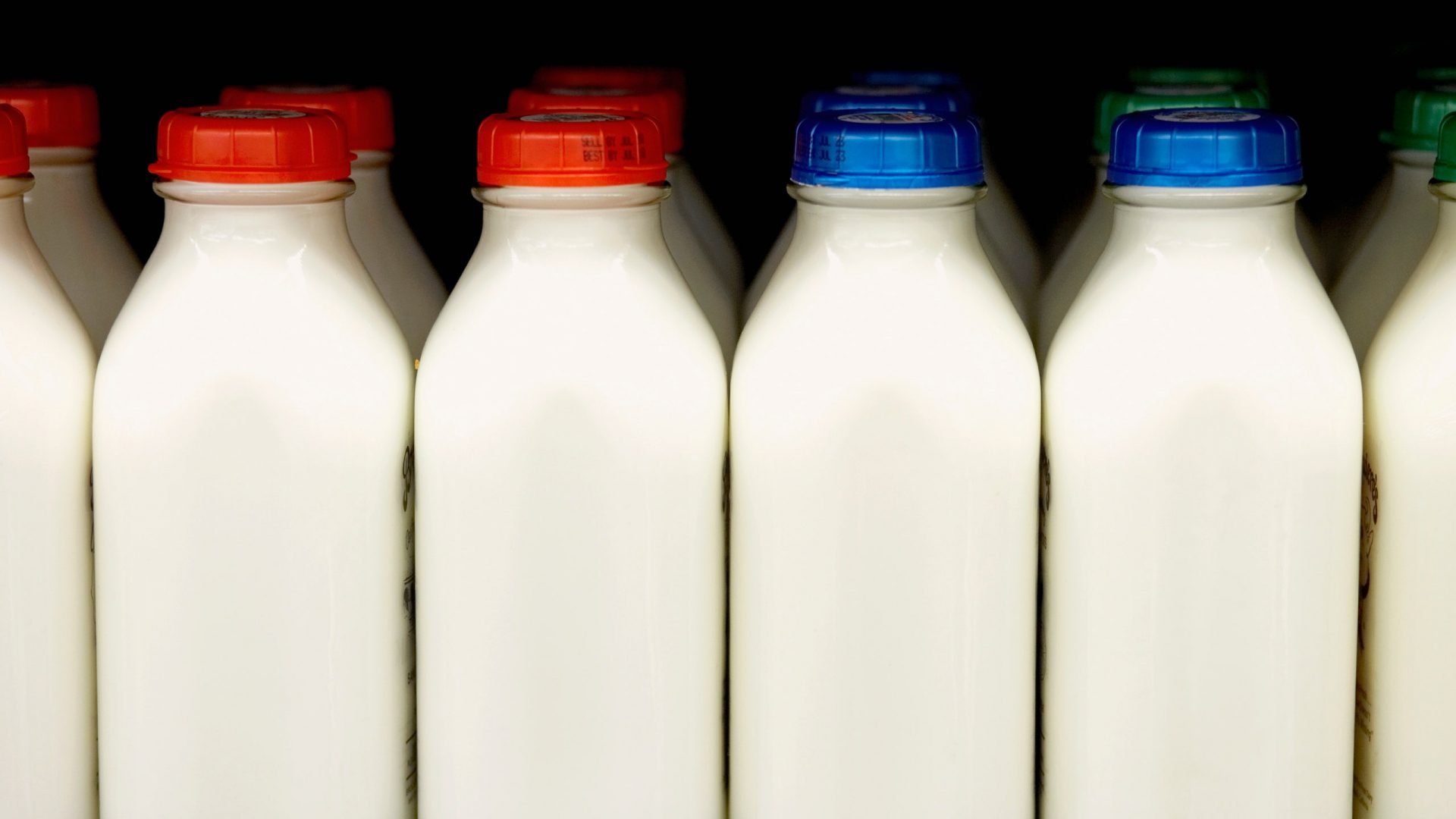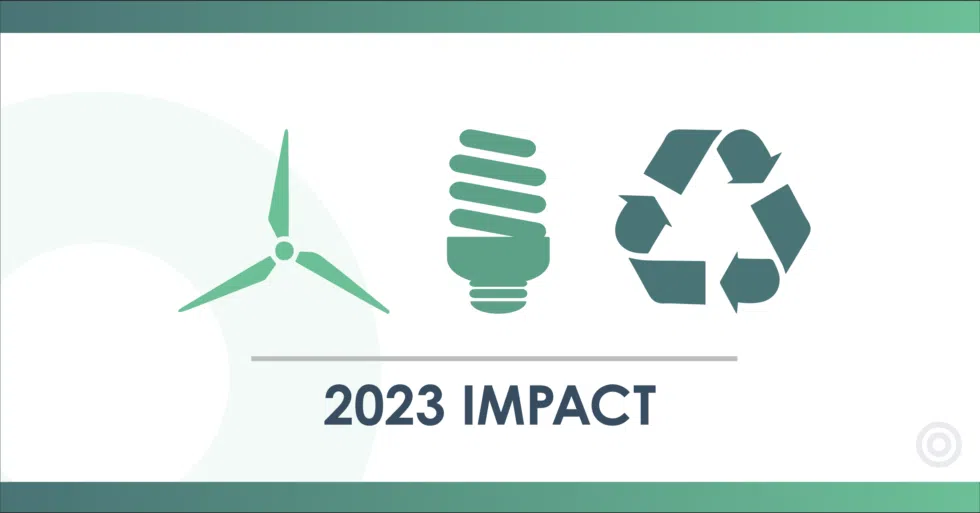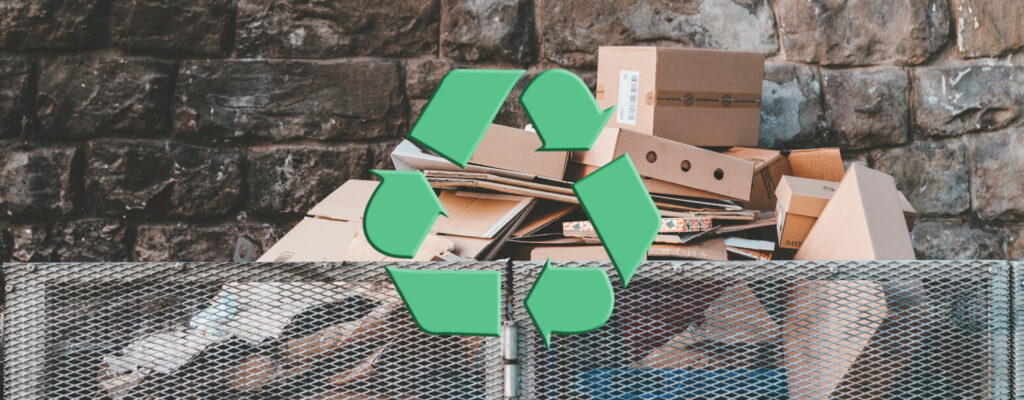The Re(News)









Sign up for
Sustainability
Get the latest news, trends and insights around sustainable food waste management and recycling.
How risk management, problem solving and continuous improvement gird the world's most sustainable food waste systems. A Q&A with Huntley Leverenz.
World Wildlife Fund's white paper features GFS and offers solutions addressing the need for sustainable feed.
What does the environmental impact of upcycling 1.2 billion pounds of food waste look like? Here's how GFS repurposed with purpose in 2023.
IFPC Food Scientist and program instructor, Emily O’Chiu, talks about sensory testing in this edition of Q&A With a Scientist.
New and proven ways to extract valuable compounds from food and beverage residuals.
These are the alternatives for food by-products, recyclable materials and solid waste that today's CPGs are turning to.
GFS hosted St. Louis AgriBusiness Club for a discussion on sustainability in food & feed manufacturing.
How keeping the end in mind from the very beginning is equipping CPGs to manage their waste more efficiently.
Milk has long been a product worth preserving. Today, milk — even in its near expired state — has more to give than ever before.
As consumers’ appetite for recycling evolves, forward-thinking food waste experts are helping companies meet expectations.
Recycling expert Brian Beaudrie discusses the long-term value of recycling, today's top performing recyclables and how to go zero waste.
Green Field Solutions is positioned to triple its size in three-to-five years. Here's what to expect.












